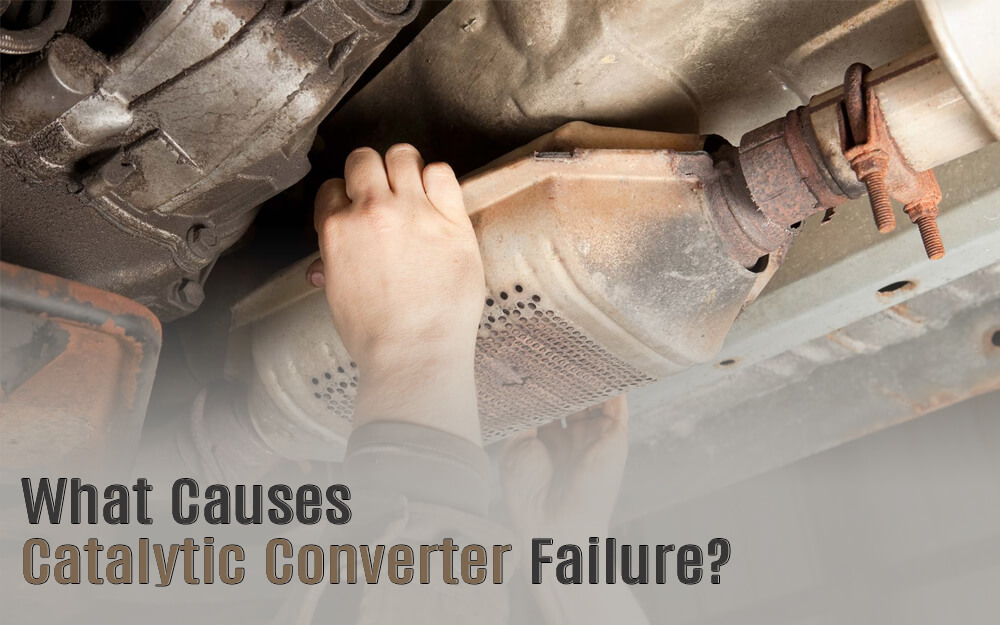A catalytic converter is one of those devices under the chassis of vehicles that should not have a problem, and when they do, usually you will have no choice but to replace the whole thing. What does it do? It works with the exhaust system and helps keep the environment cleaner by working filtering harmful gases combustion engines produce. Definitely, it is an important part of motor machines and should be fixed at the very first instance of an issue. But what can exactly cause catalytic converter failure?
Engine Issues
If you are not getting your engine checked at regular intervals, it is possible you may need a tune-up. Finding a potential problem with your vehicle is definitely cheaper than dealing with a broken part. This is true with catalytic converters, they are constantly under the load from the engine’s exhausts, and if unchecked regularly you may have to replace one sooner than later.
Antifreeze And Oil
There is a reason why most people like to get there oil and antifreeze from professionals. It’s not as simple as pouring the bottle in your engine. More often than not, people end up with these liquids getting into the catalytic converter. Heat from your engine creates carbon deposits with these chemicals, and they can build-up and block the exhaust flow through catalytic converters. This can result in anything from bad piston rings to a failed converter. That’s why, it is better that you have a mechanic refill your antifreeze and engine oil for you.
Blockage
If it’s not something from your engine, there is a chance that outside debris can enter a catalytic converter. This can cause catalytic converter failure, and it’s the first sign you should have a professional look for when having your exhaust system inspected. Small pieces of ceramic, metal or wood can interrupt exhaust system’s functions and cause pressure to build up in the exhaust system that can damage the muffler. Visit a professional exhaust system specialist to have your exhaust system inspected if you suspect any problems under your chassis.
Fuel Issues
If any part of the fuel from your engine is getting into the exhaust system, it can definitely create a problem. Usually leaked fuel causes sudden rise in temperature, which can result in your catalytic converter meltdown, and there is nothing that you can do about it. If you see any signs of discoloration or heat on converter itself, this could mean that extreme heat is forming inside the converter and you should have it checked out ASAP!
If you are looking for a place to have your exhaust system inspected, you can take you vehicle to the friendly folks at Trufit Exhaust in Melbourne. You can find direction to their shop on their website here: https://www.trufitexhaust.com.au/
Main Source: This Post “What Causes Catalytic Converter Failure?” appeared first on “Muffler & Exhaust Tips“



